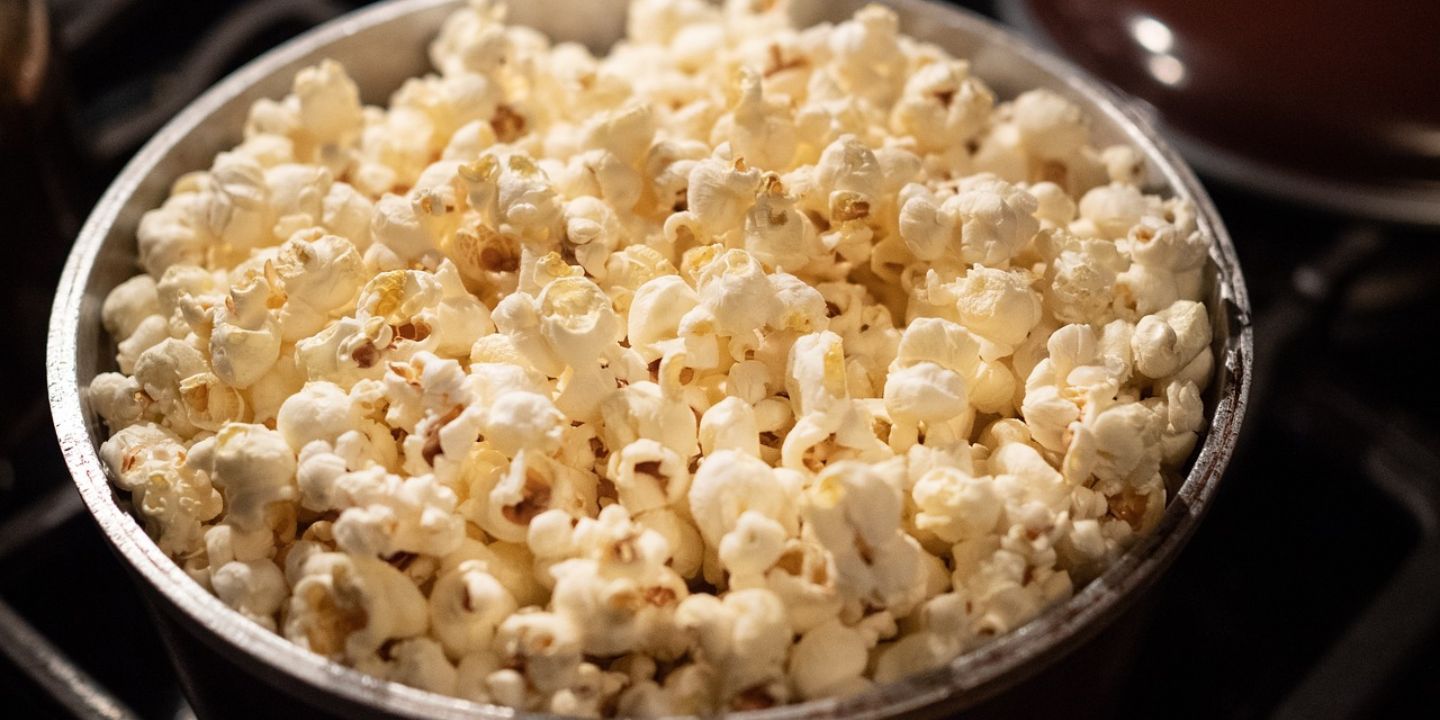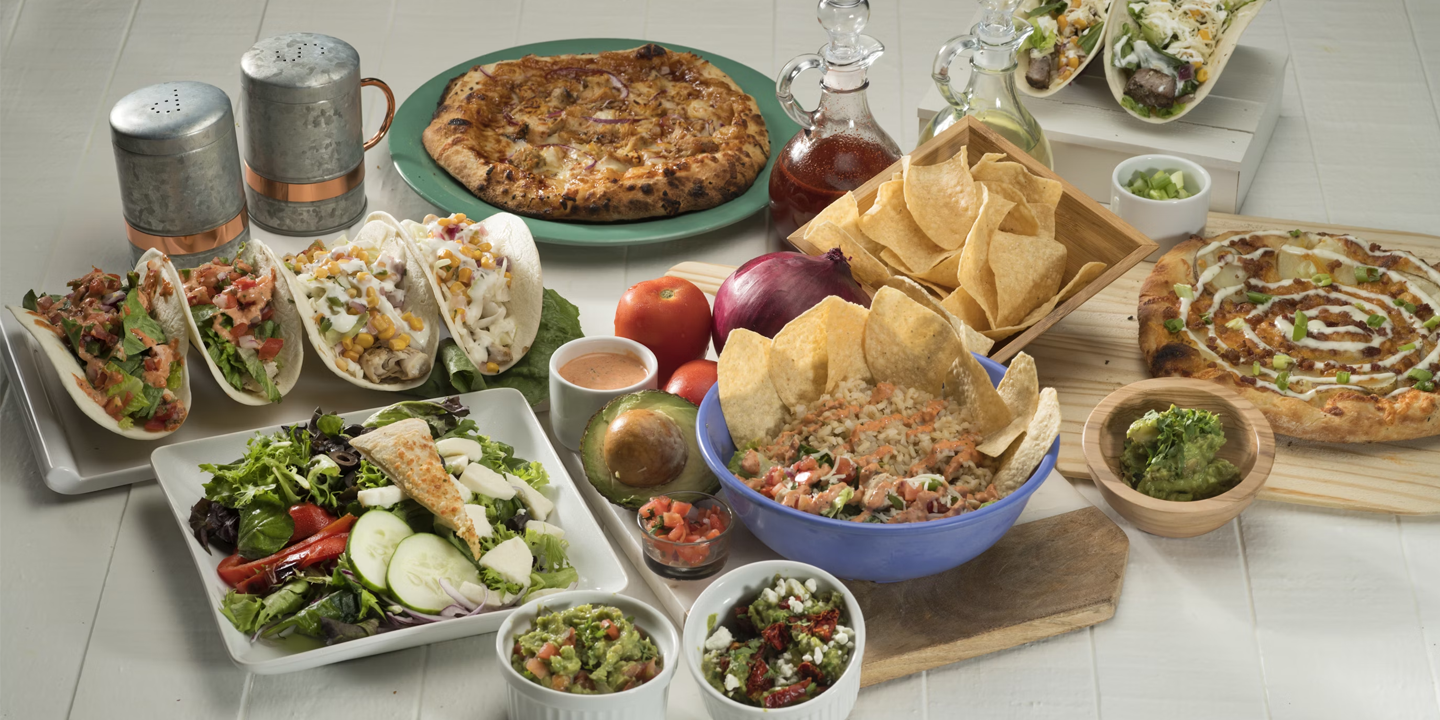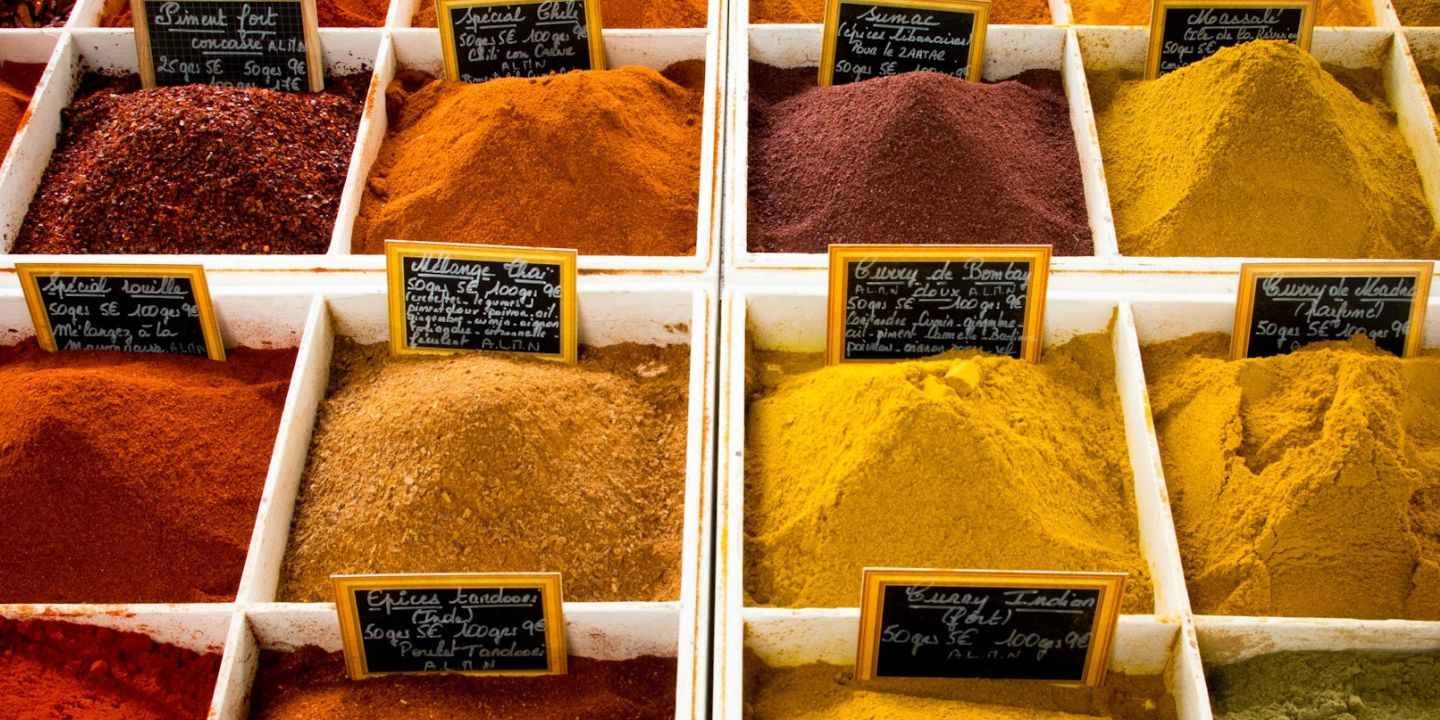10 Ways You're Wasting Food & 10 Easy Upcycling Practices To Incorporate Into Your Cooking
10 Ways You're Wasting Food & 10 Easy Upcycling Practices To Incorporate Into Your Cooking
Trash Or Tomorrow's Dinner?
A whopping 40 percent of food in the US goes to waste, that's hundreds of dollars a year going down the drain. That's not only bad for your wallet, but it's harmful for the planet too, as all that waste ends up in landfills. While that food is thrown away, millions of people worldwide face food insecurity. Luckily, there are tons of little hacks you can incorporate into your routine to do your part and mitigate food waste in your household. Here are 10 ways you're probably wasting food and 10 little things you can do about it.
1. Not Using Every Edible Part
From potato peels to broccoli stems, we commonly throw out parts of vegetables that are totally edible. What's more, they contain a lot of nutrients.
2. Overbuying Perishables
Who's not guilty of buying spring mix lettuce only to watch it slowly droop and rot in the fridge? Don't impulse-buy perishables unless you have a plan; otherwise, you risk forgetting about them and having them go bad.
 Ginny Rose Stewart on Unsplash
Ginny Rose Stewart on Unsplash
3. Cooking Too Much
It might seem like a good idea at the time to cook a giant batch of chili so you don't have to cook the rest of the week, but once you've eaten it four nights in a row, you'll start to regret it. Too often, we find excuses not to eat leftovers again and again, and then they just go bad.
4. Throwing Out Food Based On Labels Only
Expiry dates aren't an exact science. Don't just throw food away based on what's on the label. Use your nose and your eyes to determine whether it's still good.
 Shannon VanDenHeuvel on Unsplash
Shannon VanDenHeuvel on Unsplash
5. Storing Things Improperly
You might assume everything has a longer shelf life when stored in the fridge, but that's not entirely true. Potatoes and onions prefer a cool, dark, and dry place, while bananas and bread should always be left at room temperature. If you're unsure, look up where to store food, as each item has its own individual preference.
6. Not Meal Planning
Meal planning helps avoid food waste because it ensures that each item you buy at the grocery store has a purpose. Randomly buying ingredients and assuming you'll get inspired by them is so often a mistake.
7. Ignoring Leftovers
We all have that one "we have food at home" mom in our friend group, but most of us are not like that. We'll remember that two-day-old spaghetti sitting in the Tupperware but still opt to ignore it and stop at McDonald's on the way home.
8. Forgetting Opened Items
Don't be that household with five opened tubs of cream cheese in the fridge. We all make the mistake of opening a new container of something just because it's in the front, but don't make a habit of it. Rotate the items in the fridge so that the oldest is placed in the most visible spot.
9. Not Checking Before Grocery Shopping
Soon we'll all have smart fridges and apps telling us exactly what we have at home, but until that day, don't go to the store without first checking what you have. It's a recipe for food waste.
10. Throwing Out Food Based On Appearance
Oftentimes, something looks bad, but it's totally fine on the inside. For example, a pepper can look a little wrinkly, but it's still perfectly delicious roasted or incorporated into a stew. You have to give it a chance before throwing it out.
 Bence Balla-Schottner on Unsplash
Bence Balla-Schottner on Unsplash
Now that we've talked about some of the most common ways people waste food, let's discuss what you can do to reduce food waste in your home kitchen.
1. Make A Broth
Use up all those odds and ends of vegetables, meat bones, and herb stems in a big pot of broth. You can reduce it and freeze it in batches so you'll never have to buy bouillon cubes again.
2. Revive or Repurpose Stale Bread
There are many hacks for reviving stale bread, for example, run a dried-up baguette under a tap and stick it into a hot oven for a few minutes to get the crust back and soften the insides. Bread of any kind can also be made into croutons or crostini or blended into bread crumbs.
3. Use Your Greens
Instead of throwing them out, throw carrot tops, cauliflower leaves, beet greens, and strawberry tops into smoothies, pesto, or even stir-fries and soups. They're perfectly edible and add some hearty nutrients to your food.
4. Make Fertilizer
The things you can't or don't want to eat can easily be fed to your plants. For example, eggshells and coffee grinds can be mixed into soil to enrich it.
5. Make Cheese
If you buy organic milk, you don't have to throw it away when it starts to curdle. You can use it to make cottage cheese or paneer by bringing it to a boil with some vinegar or lemon juice and separating the curds from the liquid.
6. Get Into Pickling & Fermentation
Pickling and fermentation are a great way to preserve things. For example, cabbage can be made into delicious sauerkraut or kimchi and your gut bacteria will get a little extra probiotic goodness too.
7. Batch Zest Citrus
Before you juice your citrus, zest the rinds and freeze them. That way, you're ensuring that you use every part of the fruit.
8. Use Cheese Rinds In Cooking
Never throw away cheese rinds as they can impart a wonderful flavor into your cooking. For example. If you're making a tomato sauce, risotto, or any dish that requires a long simmering time, throwing in some parmesan rinds will add some irresistible creaminess and depth of flavor.
9. Bake With Overripe Fruit
An apple that's past its prime crispiness or blackened bananas shouldn't be tossed. You can make them into a wonderful pie filling or simply mix them into muffins. Usually, when they're at this point of ripeness, they're even sweeter, so they work perfectly in baked goods.
10. Regrow Wherever Possible
Many herbs and vegetables can sprout new roots if you give them some water and sunlight. For example, the ends of green onions can be placed in a shallow dish of water, and they will eventually grow into whole new plants. At this point,t they can be used in cooking or planted in soil.
KEEP ON READING

20 Foods With Shocking Origins You'd Never Believe

20 Fun Drinks To Make That Just Scream Summer























